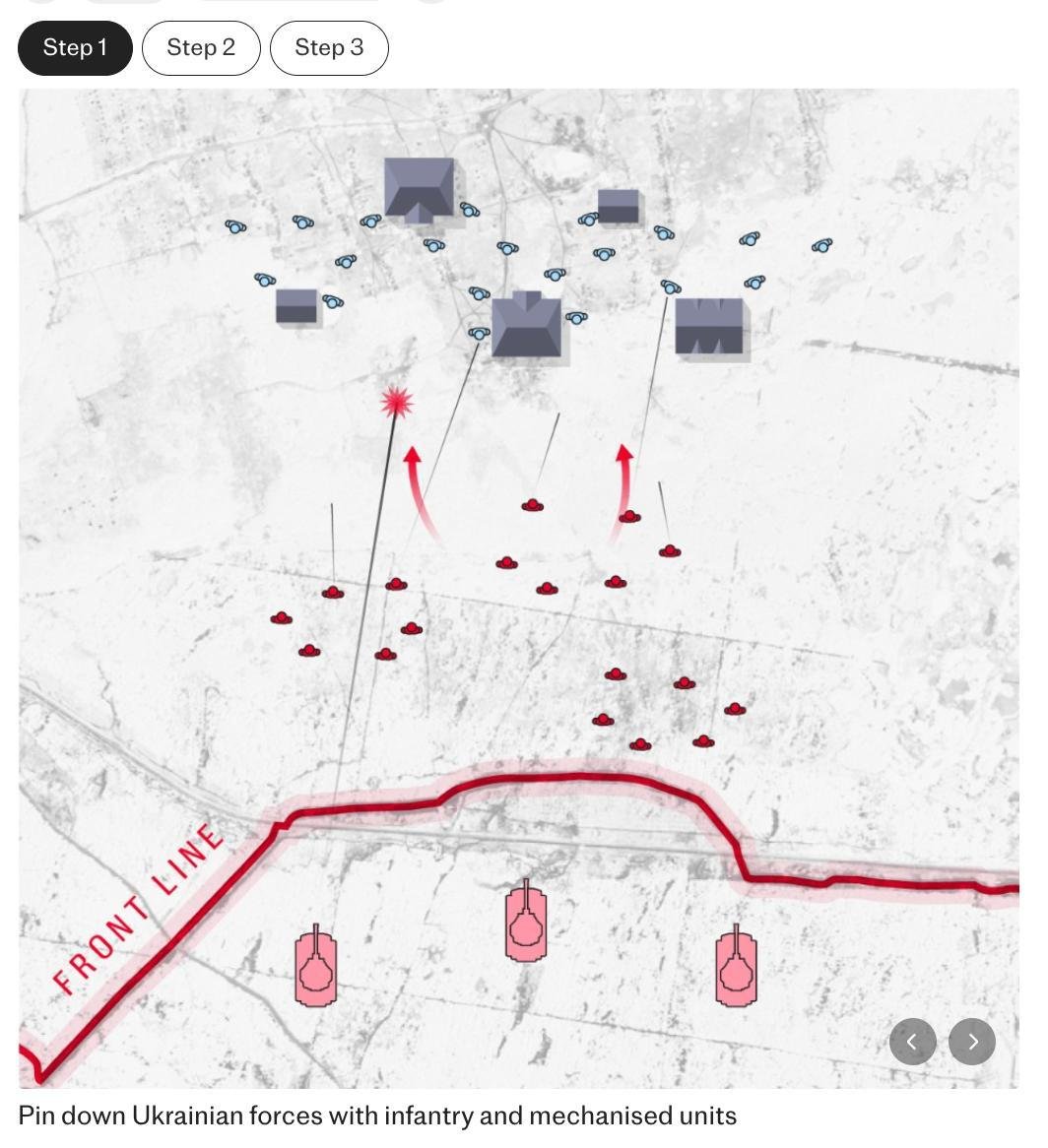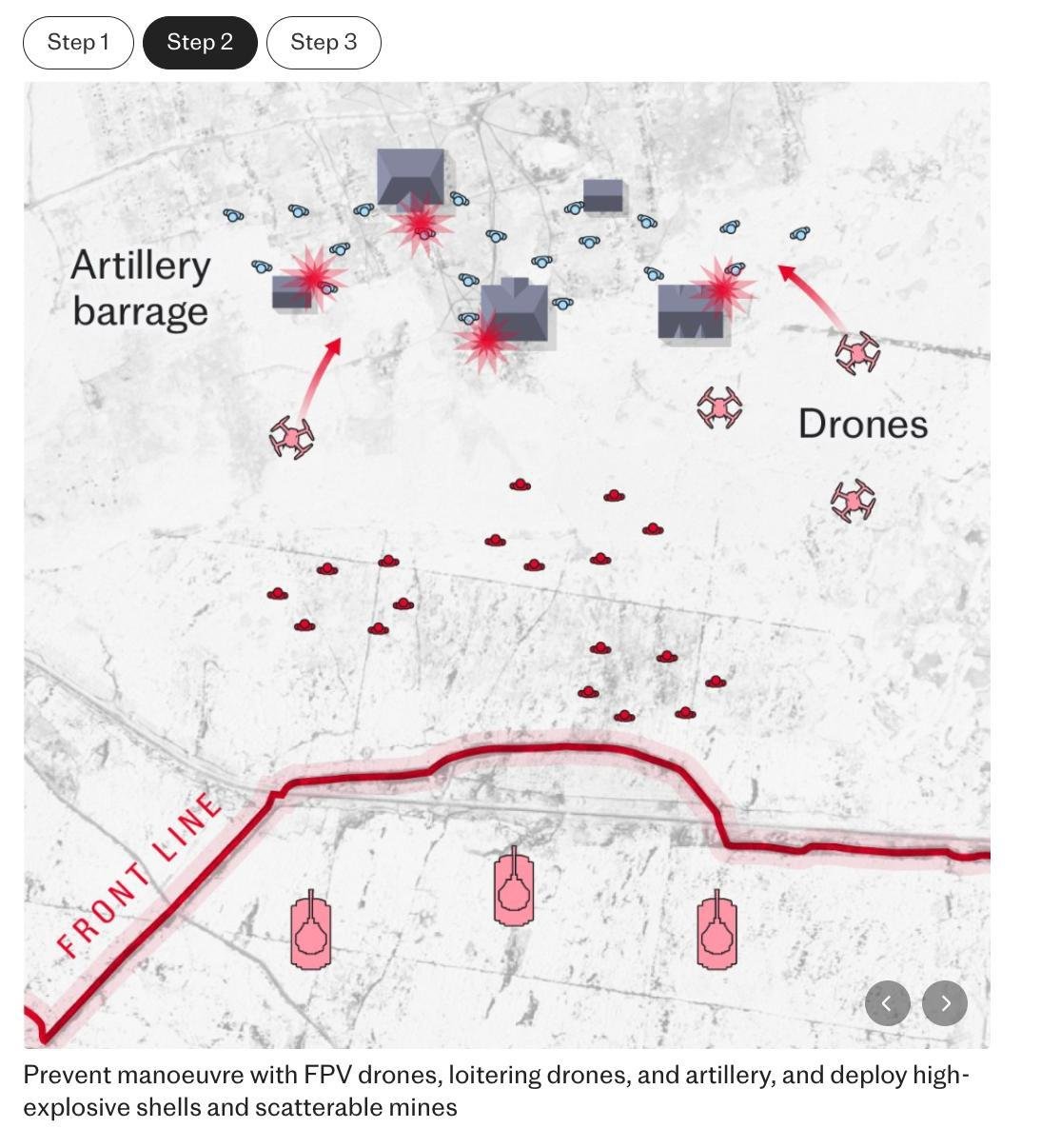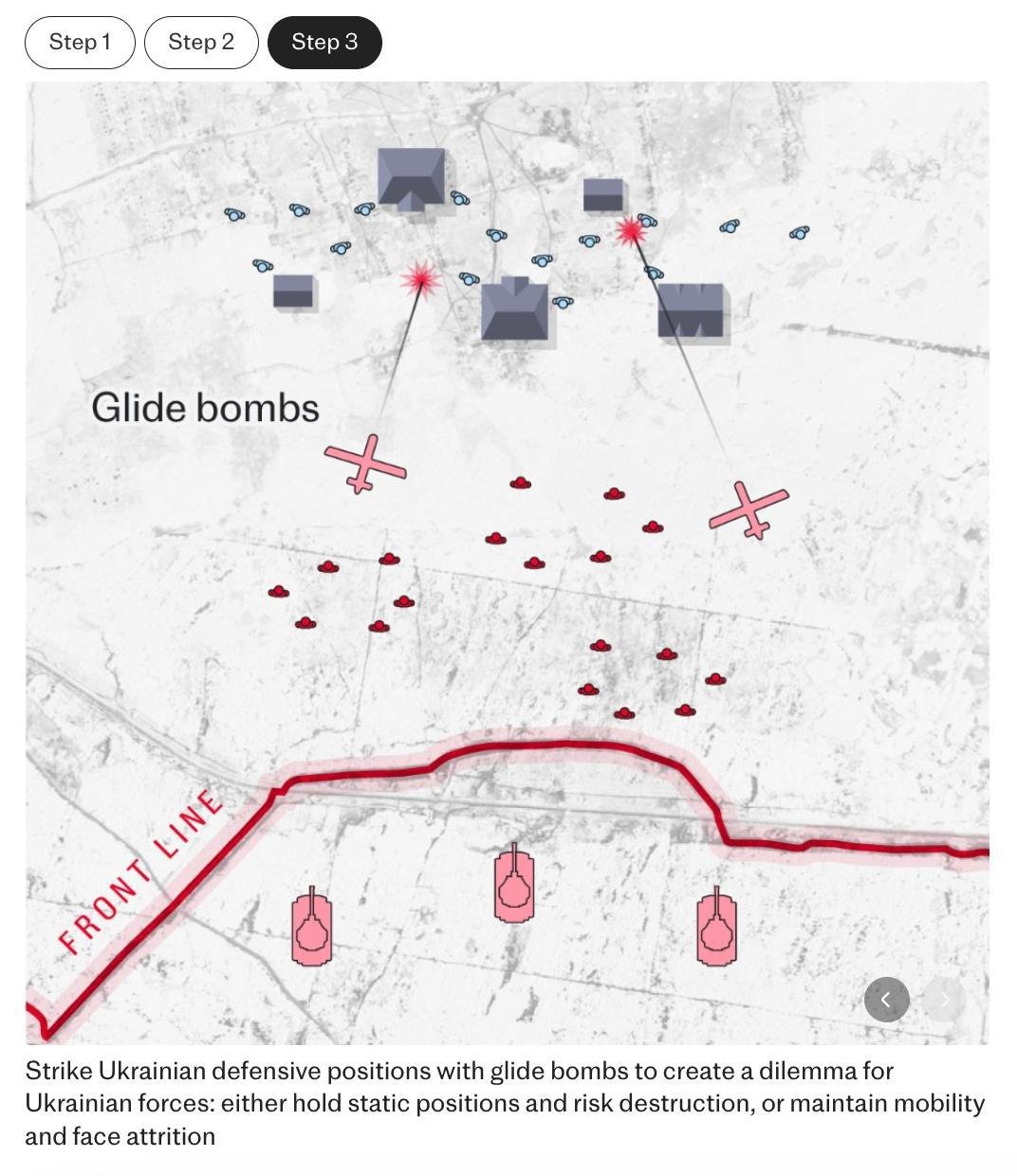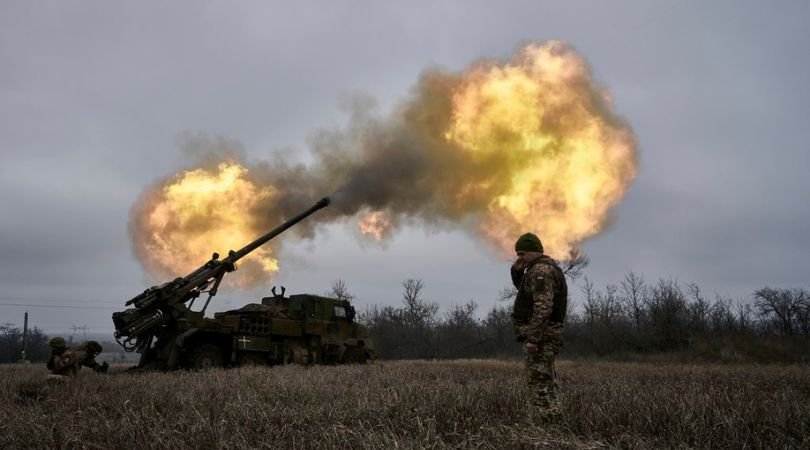According to experts, Moscow has been making slow but steady progress over the past two months thanks to a new, sophisticated tactic, not counting its losses.
According to The Telegraph, the combined tactics include:
- Ground assaults – fixing Ukrainian troops and exhausting them.
- Drones (including FPV and mortar drones) – restrict mobility, drop mines, track movements.
- Planning bombs – hit fortifications from long distances, destroying positions even in the deep rear.
Experts believe that this tactic works to the point of exhaustion: it forces Ukrainian troops to choose between staying in fortified positions and risking being hit by glider bombs that can destroy even well-protected objects, or maneuvering, exposing themselves to FPV drone attacks, mines, and isolated strikes while on the move. In both cases, the Armed Forces suffer losses and resources are gradually depleted.


 At the same time, the Russian Federation still suffers from a lack of equipment and training: poorly trained soldiers are thrown into battle, motorcycles and even electric scooters are used, and planning bombs often malfunction.
At the same time, the Russian Federation still suffers from a lack of equipment and training: poorly trained soldiers are thrown into battle, motorcycles and even electric scooters are used, and planning bombs often malfunction.
However, despite the high cost, the tactic is bringing Russia territorial successes – in 2024, when Moscow first began using the “triple stranglehold,” its troops occupied about 1,500 square miles (about 4,000 square kilometers), the largest increase since the start of the full-scale invasion.
Related posts
Hot Topics
US and Ukraine to Launch Joint Production of Shahed Interceptor Drones
Against the backdrop of the rapid evolution of drone technology and the growing reliance of the battlefield on autonomous systems, Ukraine and the United States have signed a strategic agreement that could shift the balance in aerial warfare. The American company Swift Beat has reached…
Gas metering with LoRaWAN: safety, accuracy, savings
LoRaWAN and Jooby: digital technologies are changing gas metering.




